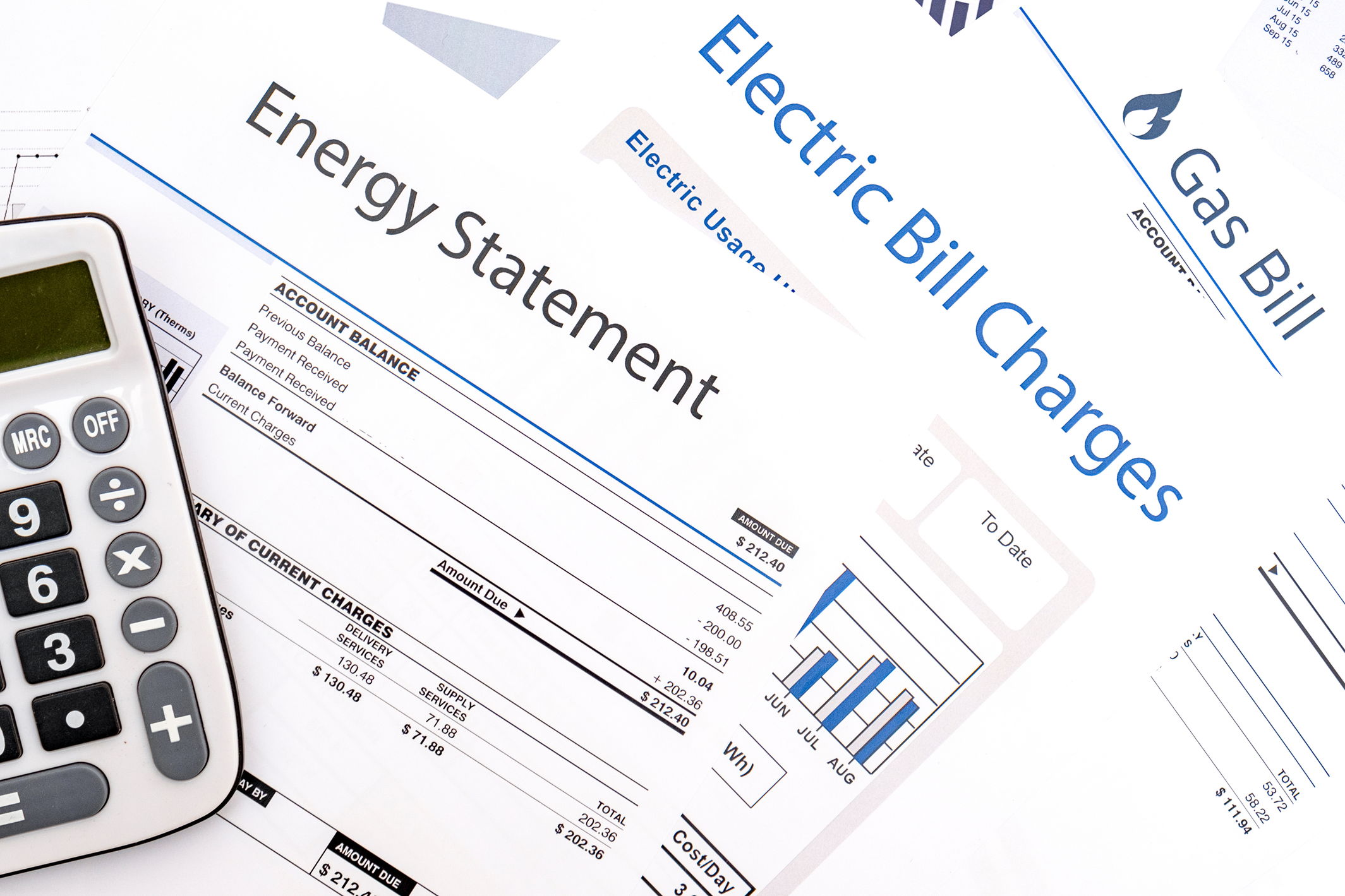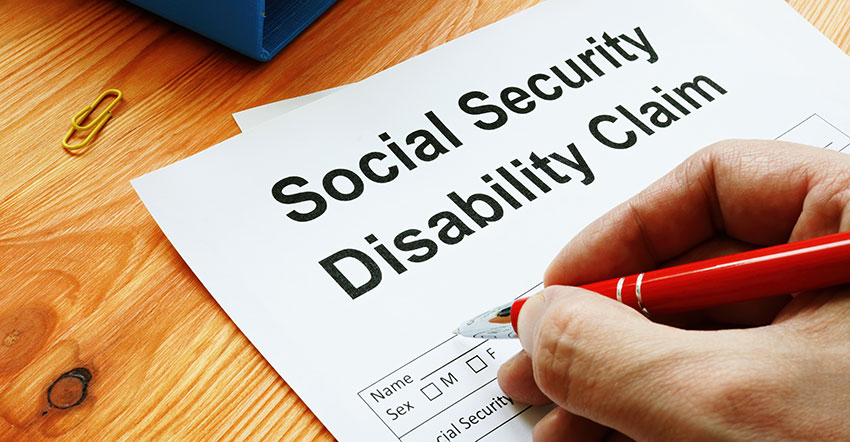Paying bills can be a nightmare for people, especially those who have limited resources. This is why the government decided to take some actions to offer support. One way the government supports people in need is by providing the Low Income Home Energy Assistance Program (LIHEAP). Many people in the U.S. can benefit from this program, but they don’t have enough information about it. We wrote this article to help you understand what this program is about and how it can help you.
What is LIHEAP About?
The LIHEAP program was created to assist eligible low-income Americans. On a federal level, this program is available through the United States Department of Health and Human Services (HHS). Local and state LIHEAP offices are responsible for managing this program. The beneficiaries of this program may receive assistance with:
- Heating and cooling costs
- Energy crisis support
- Paying bills
- Home repairs that are energy-related
It can provide even more assistance than what we mentioned on this list. It is important to note that this program normally does not assist with water and sewer bills, although there may be some exceptions.
Who Can Participate in LIHEAP?
Since LIHEAP is only available for those who meet specific criteria, some people won’t qualify to get support from this program. However, there is more than one way to qualify for this opportunity. For example, you could consider yourself automatically eligible for LIHEAP if you currently receive benefits from one of the following programs:
- Temporary Assistance for Needy Families (TANF)
- Supplemental Nutrition Assistance Program (SNAP)
- Supplemental Security Income (SSI)
The good news is that you can still qualify even if you don’t take part in any of these programs. You can be eligible for LIHEAP if you have a low income that falls within the program’s annual household income limits. It’s critical to remember that the following limits apply to the pre-tax income:
- $22,590 is the maximum annual income for a household of 1
- $30,660 is the maximum annual income for a household of 2
- $38,730 is the maximum annual income for a household of 3
- $46,800 is the maximum annual income for a household of 4
- $54,870 is the maximum annual income for a household of 5
- $62,940 is the maximum annual income for a household of 6
- $71,010 is the maximum annual income for a household of 7
- $79,080 is the maximum annual income for a household of 8
- An additional $8,070 per person is allowed for families with more than 8 members
This list can give you a general idea of what to expect. However, you should check with the managing agency of this program for your area to get the most accurate information about your specific situation.
How Do I Get LIHEAP?
In order to get LIHEAP, you will need to apply. You should be aware that each state will have a different application process if you want to participate in this program. For more details, you should reach out to your local LIHEAP office. You can also contact the LIHEAP office of your state if you are having trouble with your local LIHEAP office.
Common Questions Regarding LIHEAP
A support program may raise questions in people’s minds when they learn about it. These frequently asked questions may be able to give you some much needed context.
How Much of Your Utility Bill Can LIHEAP Cover?
You can’t rely completely on LIHEAP to cover all of your energy bills. This is not the purpose of this program! Typically, recipients only qualify for assistance from their main heating source. For instance, if electricity was your main source of heating, this program might be able to assist with your electricity cost but not your gas bill.
How Can LIHEAP Help You Lower Your Future Energy Bills?
This program might be able to assist beneficiaries cut their energy costs in the future by making energy-related home improvements (a.k.a weatherization). The following are some typical repairs:
- Fixing leaky doors and windows
- Installing insulation
- Repairing/replacing inefficient or damaged heating and cooling systems
Additional Available Programs
In addition to LIHEAP, you may get support from other government programs like the following:
- Temporary Assistance for Needy Families (TANF)
- Supplemental Nutrition Assistance Program (SNAP)
- Supplemental Security Income (SSI)
Temporary Assistance for Needy Families (TANF)
The states and territories that participate in this program receive funding to run their own versions of the program. The program focuses on families with children. Its main objective is to help this group of people achieve financial self-sufficiency. It can do this in a variety of ways, including financial aid, childcare support, employment assistance, and more.
Supplemental Nutrition Assistance Program (SNAP)
Food is another expense that people have to deal with frequently. For this reason, the government also provides SNAP for food assistance. Consumers who meet the requirements can obtain an Electronic Benefit Transfer (EBT) card through SNAP. This card will be loaded with money each month. Beneficiaries can use this money to purchase qualifying food products. However, they can only do that in stores that allow payment with EBT cards.
Supplemental Security Income (SSI)
If a person meets the requirements and has limited or zero income, the program can help. This covers seniors, people with disabilities, or blind individuals. The assistance provided by this program can include financial assistance to give beneficiaries enough money to pay for essentials like food, housing, and clothing.
In Conclusion
You have a wide range of options to consider when it comes to opportunities for different types of support. You can benefit a lot from the Low Income Home Energy Assistance Program (LIHEAP). Those who qualify for this program may get help with:
- Heating and cooling costs
- Energy crisis support
- Paying bills
- Home repairs that are energy-related
You should contact the LIHEAP office in your area if you are interested in this program. It’s critical to remember that each state will have different requirements for the application procedure, rules, program eligibility, and so on. In addition to LIHEAP, you could also get support from the following programs:
- Temporary Assistance for Needy Families (TANF)
- Supplemental Nutrition Assistance Program (SNAP)
- Supplemental Security Income (SSI)
Lastly, do not lose hope if your finances are not in the best shape. Support is available to you, you just need to know where to look.




